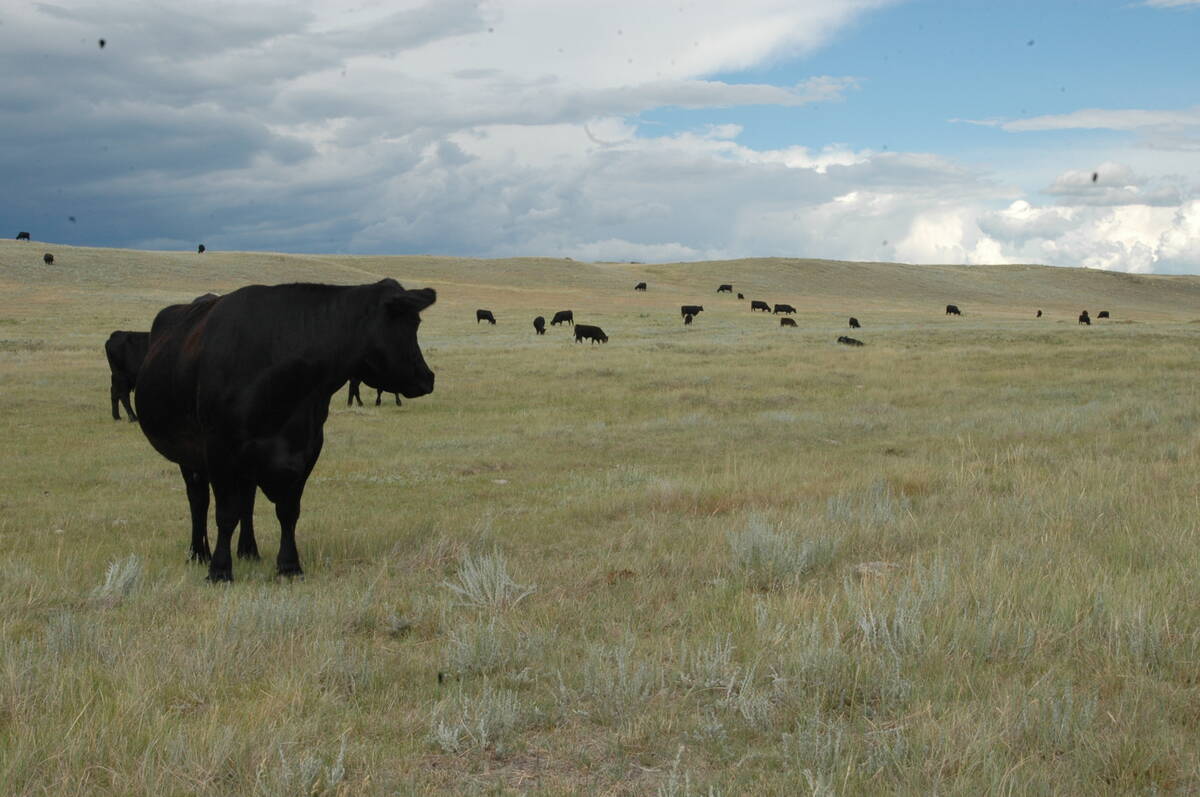RED DEER, Alta. – A taste for the unusual has altered Canada’s view of its pork export market.
Products that ended up in the rendering tank five years ago are selling in Pacific Rim markets.
Pigs’ feet, tongues, snouts, uteri, ears, intestines, hearts and bungs (anal sphincter muscle) have all found a home in Asia as human and pet food. Ears, for example are worth 80 cents each.
Jim Morris of Saskatchewan Pork International marketing group told the Alberta Pork Congress exports are the only way to go since Canada produces a surplus of pork. Canada exports to 59 countries.
Read Also

Saskatchewan Cattle Association struggles with lower marketings
This year’s change in the provincial checkoff has allowed the Saskatchewan Cattle Association to breathe a little easier when it comes to finances.
Besides finding uses for products once considered waste in Canada, high quality products are in demand. The difference is they may have taken on a different style of cut than what processors are used to here.
Each market wants something slightly different and to meet customer specifications, Canadian processors have learned to provide the desired cuts.
In the 1970s, Canada provided six primal cuts.
In the last five years the Canadian industry has learned to provide belly cuts with only one rib for Japan and South Korea. Customers like Russia are interested in buying legs and the Koreans will take collar butts.
The market with the most potential is Asia.
Total meat consumption in the Far East has increased in the last 20 years. In 1975, the Chinese ate 8.3 kilograms per person, but in 1992 the average consumption was 22.8 kg. For the same years, the Japanese ate 10.3 kg and 15.4 kg respectively.
As populations swell, these countries are unable to produce enough meat for themselves. Japanese domestic pork production will soon be under 50 percent of consumption, said Morris.
Besides the Pacific Rim, a new market is opening since Canada is the only country in the world to win the right to supply the Russian retail market this year.
The United States is still a good prospect taking about 60 percent of Canada’s exports. A few years ago the U.S. bought 80 percent of what Canada had to offer.
“Canada is evolving away from U.S. export dependency. Not because of rising U.S. production, but by the fact that our product is being attracted away by other opportunities elsewhere,” said Morris.
Another aid to export is the termination of the Crow transportation subsidy. Morris said there’s more value to feed the pigs prairie grain and sell the pork overseas. Morris calculates it is cheaper to export pork than the equivalent amounts of grain the pigs ate.
“In the long view there’s got to be an advantage in converting grain into pork just from the view of freight costs alone,” said Morris.















